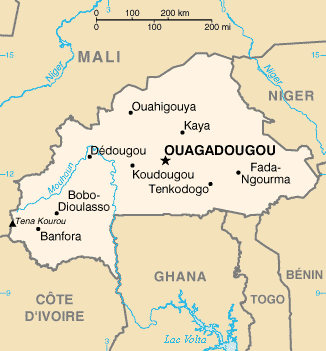 |
| The southeastern coast of the United States - NOAA |
The largest deposits of gold on Earth are found in ancient
turbidites that include the
Witwatersrand of South Africa and the
Abitibi found
in
Canada in
both Québec and
Ontario. By
definition a
Turbidite is a landslide that occurs on a
continental slope of a
continental landmass where the erosion products of the continent eventually
work their way to the abyssal plain at the bottom of the ocean that can be
several kilometers deep.
Turbidites start at the edge of the continental shelf and
can be caused by several different geological phenomena. They are deposited by
a special type of water flow called a
Turbidity Current that can be started by
an earthquake, a powerful oceanic storm or in some cases just by the amount of
material that collapses in on itself. The turbidity current contains not only
water but suspended debris that causes it to flow out of town little slow but a
speed that exceeds that of water itself because the current is also carrying
suspended particles. Depending on the height of the slope the speed that it
flows can reach as much as 70 km/h.
Once this flow reaches the bottom of the slope it quickly
loses its forward speed and as it does drops off particles according to their
density. It has such a high specific gravity of more than 19 gold is one of the
first things that is dropped from a turbidity current. The finer particles and
spread out over the abyssal plain of the ocean extending across the
abyssal plain for hundreds of kilometers. In many cases at the edge of the flow the
finer particles may only be a few millimeters thick, but over time this can
actually be built into deposits of great thickness.
Mostly gold of the Turbidite deposit will say relatively
close to the edge of the continent. Examples of these Turbidite flows are found
in several places in the world one of the classic examples is the
MegumaTerrane of
Nova Scotia.
Some of the metals found in this environment include gold,
silver, tungsten and antimony. In
western Connecticut the Rowe
schist is an example of a metamorphosed turbidite. This formation extends from northern Massachusetts
almost to Long Island Sound in Connecticut. Over the years reports of gold have been
rumored about with this formation, but what is lacking is substantial proof
i.e. no core drilling.
A capsule description of a turbidite deposit is gold-quartz
veins, segregations, lodes, sheeted zones that are hosted by fractures, faults,
openings in anticlines, synclines, along bedding planes in the turbidites and
those that are associated with poorly sorted clastic sedimentary rocks.
These rocks are typically found close to the margins of
continents or in back arc basins. These
rocks were typically deposited in submarine troughs, periarc basins, foreland
basins and other remnant oceanic basins.
One feature that is typical of these rocks is multiple deformation
events accompanied by metamorphism. They
show evidence of being thick sediment sequences displaying both deformation and
are metamorphosed. Although there can be
some igneous rocks found in one of these deposits they tend to be quite rare
and are usually present as pegmatites.
In some cases there are younger granitic intrusions associated with
these rocks raising them to be raised to greenschist, but in some cases can
reach amphibolite grade metamorphism.
The ore mineralogy of one of these deposits whether it is
principle or subordinate includes native gold, pyrite, arsenopyrite,
phyrottite, chalcopyrite, sphalerite, galena, molybdenite, bismuth, stilbite,
bornite and other sulfosalt minerals. These minerals generally have a low
sulfide content of less than 2.5%. The usual minerals found in association with
these ore minerals are Quartz, carbonates, feldspar and chlorite.
When rocks of this type are discovered in glaciated terrains
they may undergo deep weathering where alluvial recycling may produce rich
placer deposits, such as in the Bendigo
region of Australia.
There is several factors that control the ore deposits that
are often found in fold crests, discordant veins and tension gashes. In some
cases such as the in the Bendigo
there is a relationship between ore deposits in the amount of graphite that is
found in the country rock. The structural control is often extended to a
district causing a scale alignment of deposits. Sometimes the veins appear
confined to a specific stratigraphic interval that is often near to a change in
stone type. Sometimes a more subtle relationship occurs lower deposits more
closely related to the upper portion of the turbidite as of the magma district
of Nova Scotia.
Because the low sulfide content, the majority of Quartz
veins houses most geophysical methods of geophysical exploration to become
ineffective it is often necessary to resort to the more usual prospecting
techniques that are often accomplished with a gold pan by tracing the deposit.
In the deposit of this kind is not unusual to find deposits
that range from a 50 g per tonne. Many of these are attractive targets for
exploration as many of them are world class deposits.
Deposits of this type become incorporated into continental
land masses with the death of an ocean by two continental masses colliding and
the turbidite deposits are squished between the continents causing the
turbidite to become incorporated into the mountain range that is a result of
the collision.










